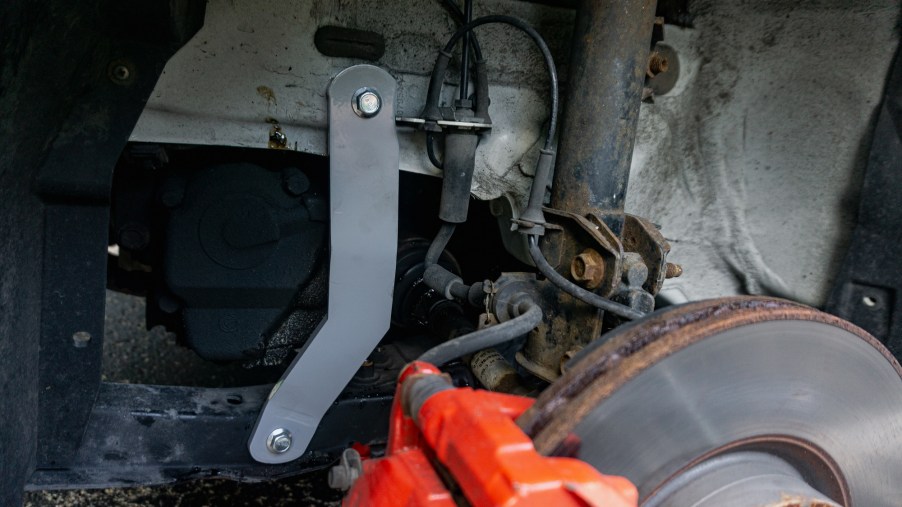
Mighty Easy Car Mods: Do Stiffer Chassis Braces Work?
Stiffer front chassis braces installation and review highlights:
- Chassis braces, whether full roll cages or bars for the front subframe, reduce flex, which improves your suspension’s performance and thus handling
- You can install these mods on your car at home, and they cost the same or less than a single quality performance tire
- Putting stiffer $210 chassis braces on my Fiat 500 Abarth genuinely improved its handling and steering—they’re worthwhile upgrades
If you subscribe to the Clarkson theory of car performance, modifications should be about power. However, adding horsepower gets expensive and complicated fast, and even then, it doesn’t necessarily make your car more fun to drive. However, some of the easiest and cheapest car mods, the ones that revolve around handling, usually do. But are stiffer chassis braces one of them? I installed some on my Fiat 500 Abarth to find out.
What do chassis braces do?
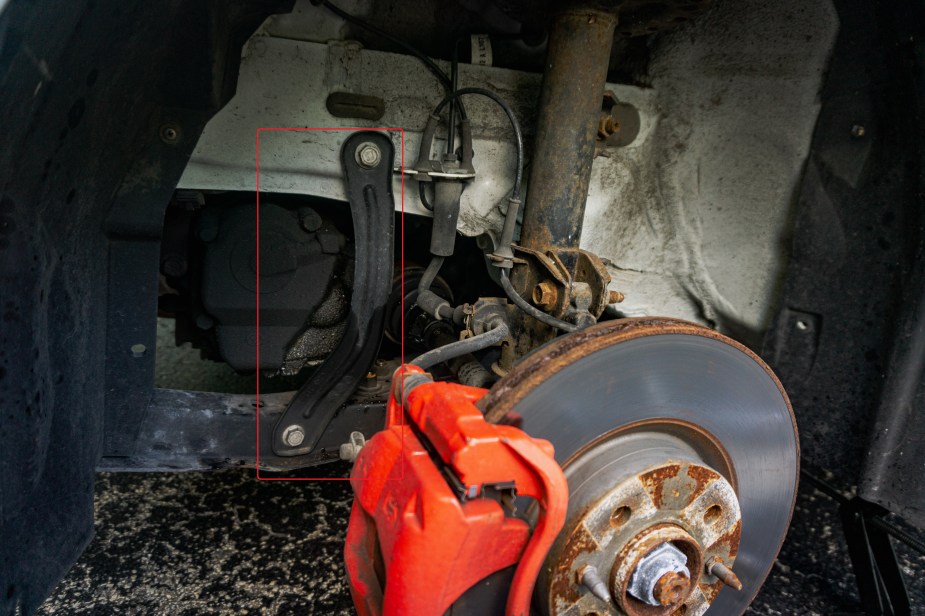
When handling mods get mentioned, many people’s minds immediately jump to a car’s suspension. But while it certainly plays a starring role, your car relies on other things besides suspension to go around corners. Wheels and tires are important, too, for instance. And suspension doesn’t work in a vacuum: it needs to be attached to a solid chassis.
However, not every chassis is as solid as enthusiasts would like. Whether it’s due to production costs, engineering limitations, day-to-day comfort, or something else, some cars’ chassis flex at the limit of grip. As a Miata aficionado, I’ll freely admit that a bit of flex is actually beneficial. But an excessive amount of flex prevents your suspension from doing its job. And that doesn’t just mean poor lap times—it also means a poor ride and a lack of control in extreme situations. That’s where chassis braces come in.
The term ‘chassis braces’ or ‘chassis bracing’ is more encompassing than you might think. It basically refers to anything that you bolt to your car’s chassis to make it more rigid, CarBibles explains. Usually, that means a metal or carbon-fiber rod, bar, or arrangement of either. Roll cages are therefore technically chassis braces, as are strut-tower bars. And so is any brace that you attach to your car’s front or rear subframe.
Now, my Fiat 500 Abarth already has front chassis braces from the factory. However, as you’ll soon see, they’re not exactly the beefiest braces out there. Hence why I bought some stiffer ones that are designed to eliminate front subframe flex. Without the added stress from that flex, the front sway bar can do its job more effectively. At least, that’s what the manufacturer claims.
How much do stiffer chassis braces cost?
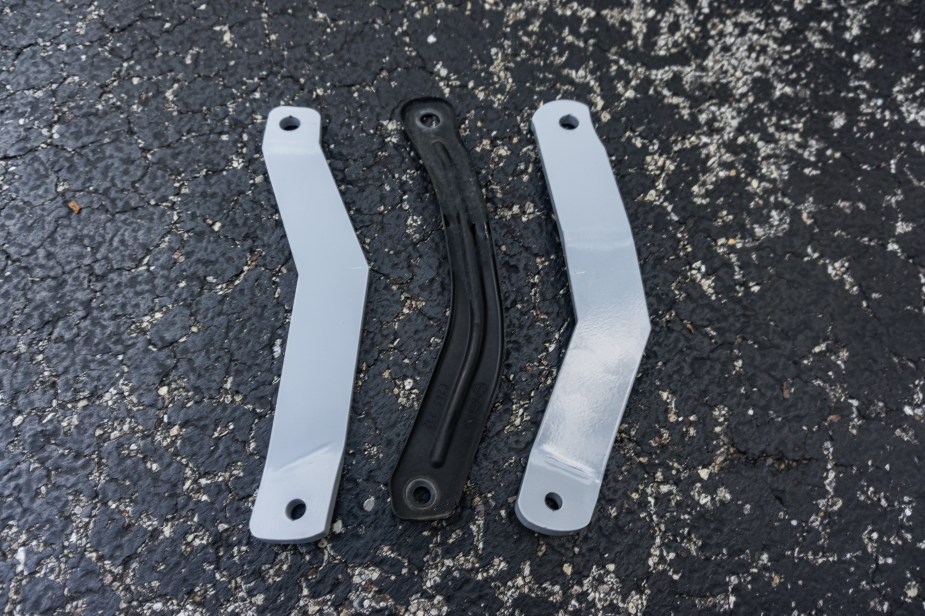
As with other car mods, aftermarket chassis braces vary in price based on make and model. In my case, the 500 Abarth-specific El Gato Engineering braces I bought cost me $210. And as the photos show, they’re significantly thicker and larger than the factory ones. They’re also noticeably heavier.
Aftermarket chassis braces also differ in cost based on how much of the chassis they bolster. A set of reinforcing arms for a Miata’s front frame horns, for example, costs $450. Getting a set of frame rails, though, only costs $300. Meanwhile, a pair of billet-aluminum rear subframe braces for a current-gen Mustang only costs about $160.
If that seems like quite a chunk of change for some pieces of metal, let’s put those prices into context. At the time of writing, $210 would get me one Michelin Pilot Sport All-Season 4 tire for my Abarth. Although tires do make a difference in handling, a single tire might throw my car’s handling off rather than help it. For the money, stiffer chassis braces are arguably better car mods—at least in theory.
How do you install them?
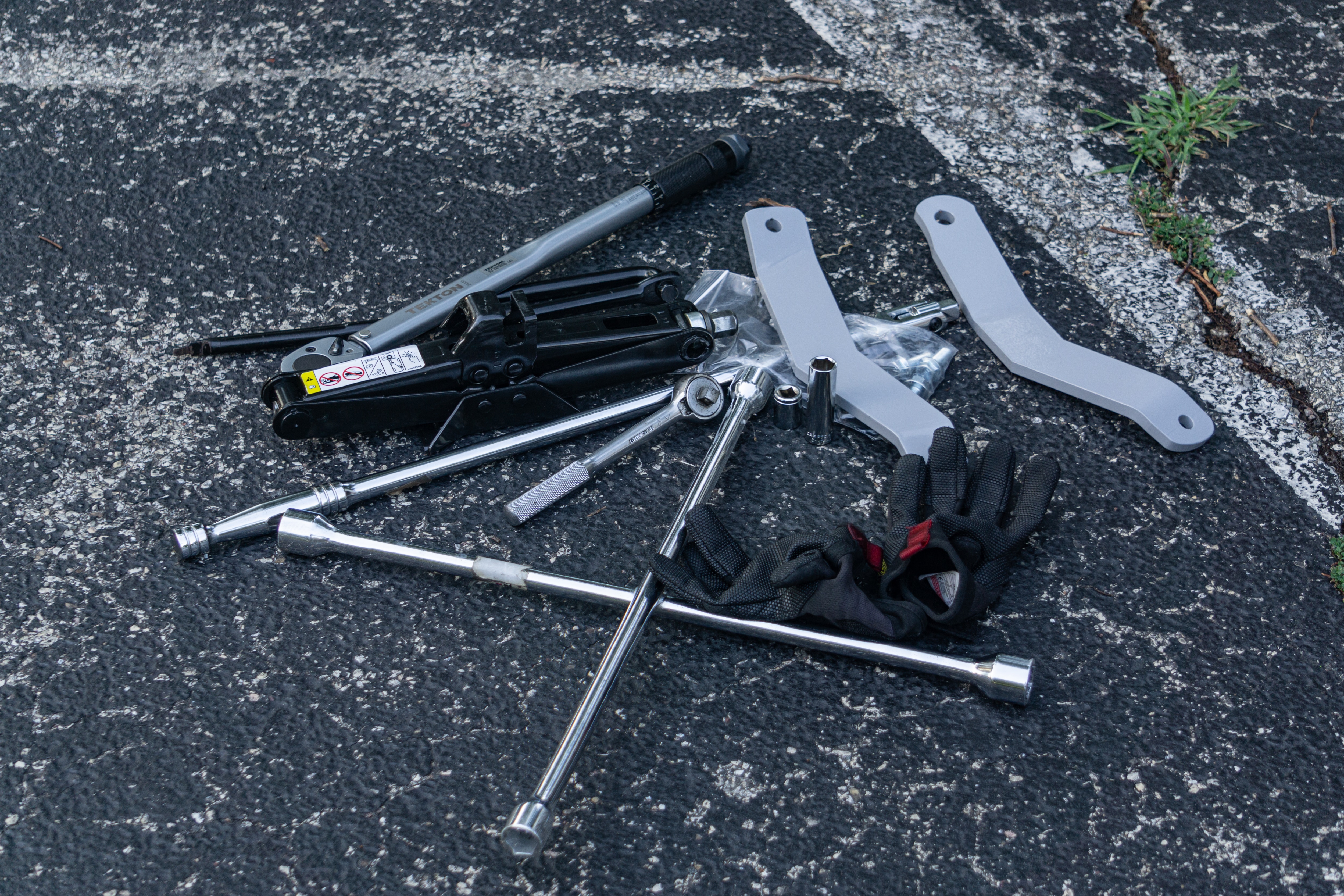
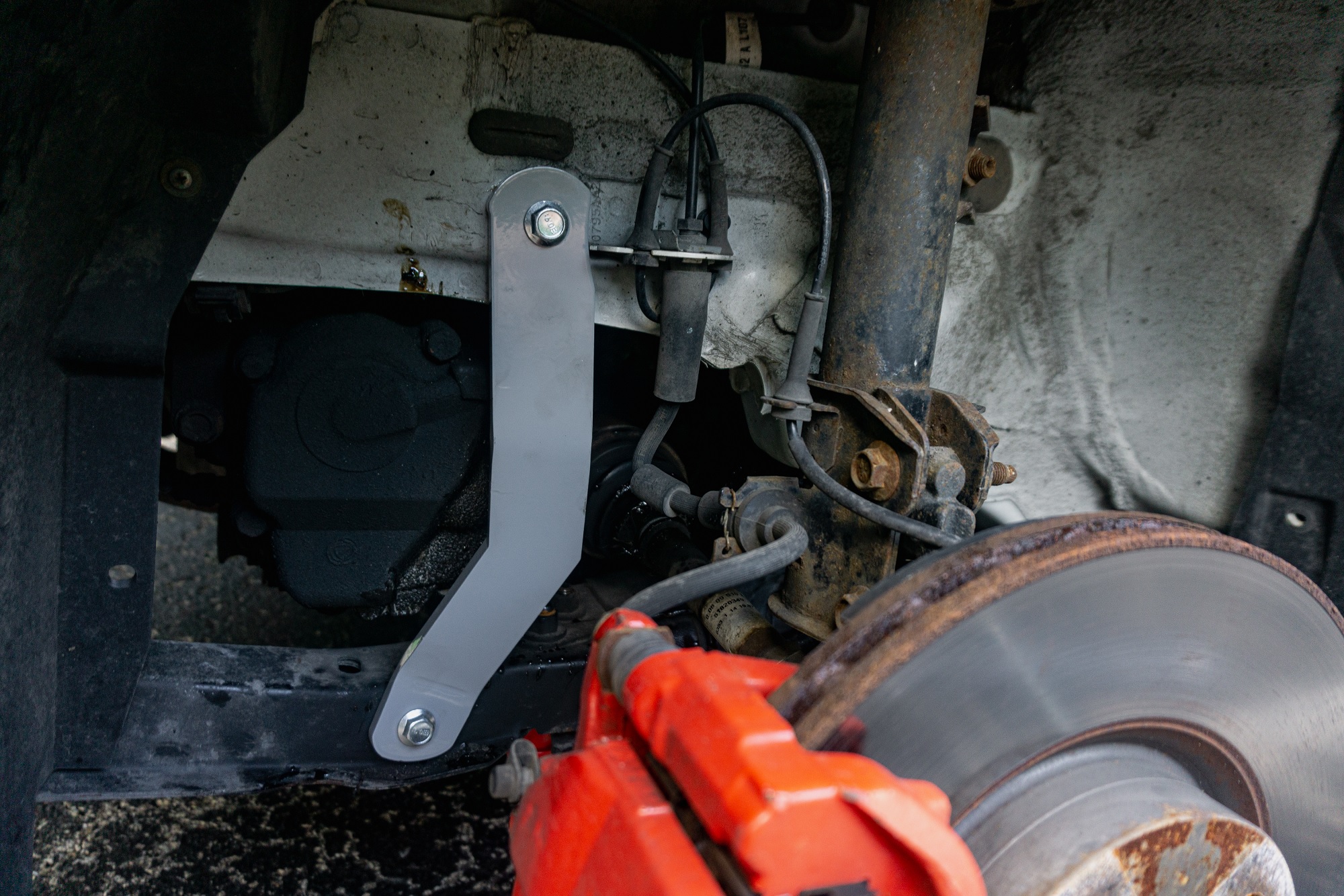
As noted earlier, because there are multiple kinds of chassis braces available, there’s no one set of installation instructions. However, the general process is roughly the same. As such, the basic steps I took in bolting the El Gato subframe braces onto my Abarth will likely also apply to other kinds of braces.
The first step is assembling your tools. Although power tools help remove some bolts quicker, they’re not absolutely necessary. You can do the job just fine with a set of hand tools:
- Torque wrench
- Socket wrench and appropriate sockets
- Breaker bar
- Gloves
- Floor jack
- Jack stands
To get to my Abarth’s front subframe braces, I had to remove the front wheels. So, I also brought along a lug nut wrench.
After you get your tools assembled, raise and secure your car on the stands. Next, remove any necessary trim, including wheels, so you have access to the part of the chassis you want to brace. Or, in my case, you want to brace better.
Then, screw the braces into the appropriate location, or, if you’re doing some upgrades, swap the old ones out for the new ones. I’d recommend not using power tools here to avoid cross-threading the screws/bolts. Instead, hand-thread the bolts first, then tighten them down with your torque wrench. After that, the only thing left to do is put the trim and/or wheels back on and lower your car.
If you’re doing the front subframe braces like me, you should be done in about an hour. It took me longer because one of my lug nuts was seized so tightly that I had to break out the blowtorch. But disregarding any complications, you can easily install these car mods in the span of an afternoon.
Was it worth installing stiffer front chassis braces on my Fiat 500 Abarth?
Now, because chassis braces stiffen the chassis, your car will react more to bumps. And these car mods will add a bit of weight. But are they worth installing even so? In my Abarth’s case, yes.
For context, I installed these stiffer braces after swapping in a stiffer lower subframe brace, which already improved my hot hatch. The El Gato braces, though, improved it even more.
Firstly, the steering isn’t just heftier, it’s also more direct. And, incredibly, there’s even more feedback coming through. It’s still not Miata-level communicative, but there are genuine sensations from the road surface coming through.
Secondly, the Abarth’s front end feels even more solid and screwed together. It’s more sensitive to bumps and potholes, yes, but it rattles far less when you go over them. Furthermore, you can’t hear it go over small imperfections anymore.
That reactivity carries over to the handling. The chassis braces further cut down on understeer and body roll, the latter to near non-existence. Thanks to the braces, the Abarth responds to steering inputs faster and turns in sharper. In addition, it corners flatter, though a bit of understeer remains. But it’s a front-wheel-drive hot hatch, so that’s expected. And it turns out the braces do help the front sway bar out.
So, do stiffer chassis braces work? Absolutely, yes. And if you want to improve your car’s handling, especially if it’s a relatively humble car, these mods are worth getting.
Follow more updates from MotorBiscuit on our Facebook page.


